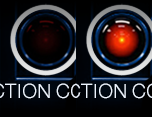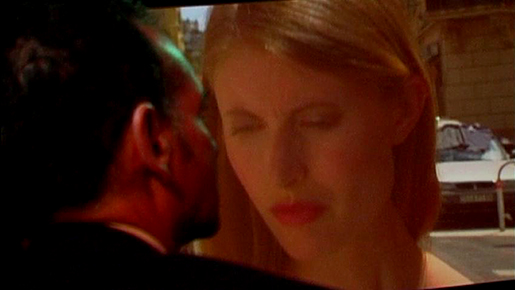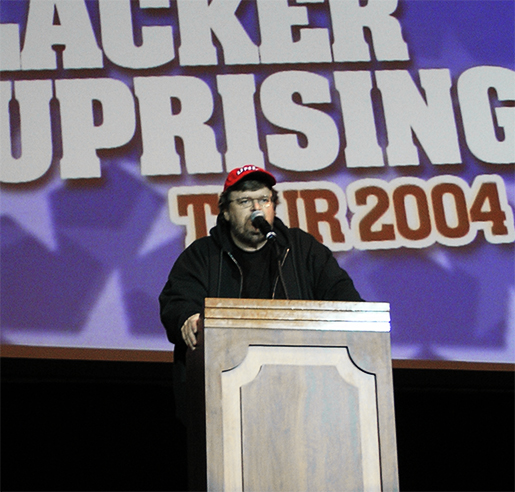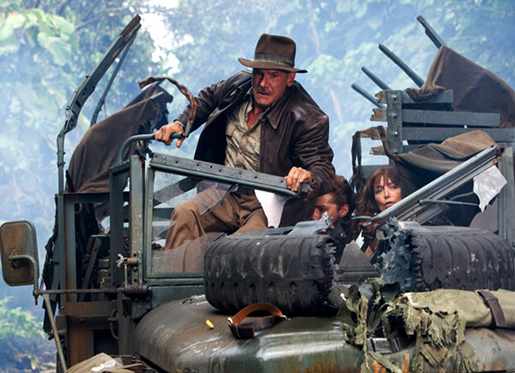Movie Review: HOUSE ON HAUNTED HILL (1959 + 1999) and The Curse of Colorization!
The Black-and-White 1959 Version
The Colorized 1959 Version
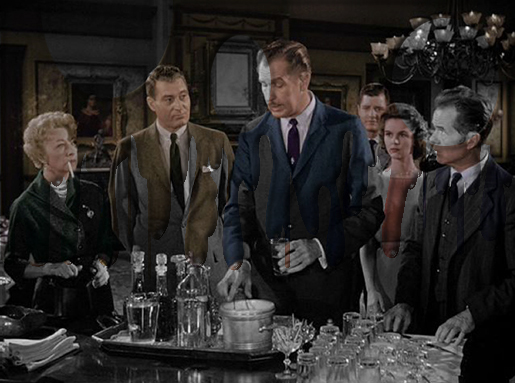
When The Price Is Dead Right
Nightfall. It is calmest before the storm as five hearses roll up the hillside carrying five fresh victims. Very much alive for now, they have all been invited by that eccentric millionaire Frederick Loren (Vincent Price) for his wife’s party… at the House on Haunted Hill. How he spoils her! To make the night more interesting (for himself), he has decreed that the guests will win $10,000 each if they last until morning locked inside the spooky mansion. They needn’t worry about losing by default of death since the money will then go to their next of kin. That Frederick… always thinking ahead.
The guests are strangers to each other as well as their host. More interesting that way. They include a typist and wallflower named Nora Manning (Carolyn Craig), the confident pilot Lance Schroeder (Richard Long), the psychiatrist Dr. David Trent (Alan Marshal), the columnist Ruth Bridgers (Julie Mitchum – Robert Mitchum’s sister!), and the owner of the house Watson Pritchard (Elisha Cook Jr.) who is visibly frightened beyond his wits. He goes on and on about their imminent doom by the housed evil. Why go in? They all need money, you see.
Just upstairs held up in her room forever freshening her face is Annabelle (Carol Ohmart), Frederick’s scheming wife. Annabelle insists that it was not he who married her, but she. She also makes no secret of the fact that she loves only his wealth and wants it all for herself. Actually, Annabelle is just wife #4, but what’s most alarming is that those last three wives are dead. Frederick knows of Annabelle’s infidelities and can’t prove them. They’re a perfect match because Annabelle is smart and can hold her own. Frederick would surely agree she is a worthy opponent. Oh, how they love implicating their petty torments on one another! It is their mutual hatred that makes their relationship so strong.


